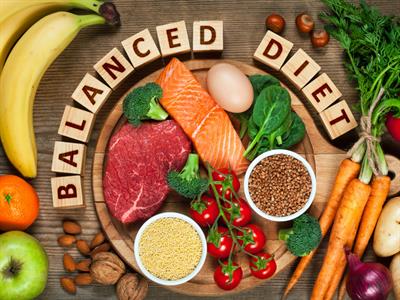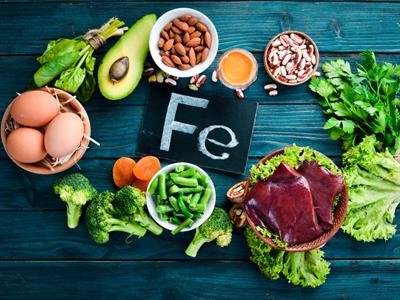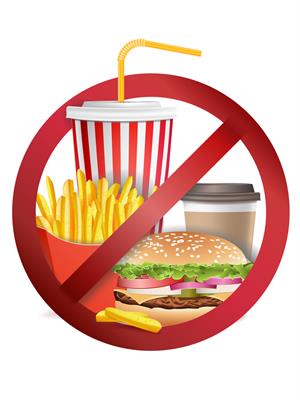
PUMPA - SMART LEARNING
எங்கள் ஆசிரியர்களுடன் 1-ஆன்-1 ஆலோசனை நேரத்தைப் பெறுங்கள். டாப்பர் ஆவதற்கு நாங்கள் பயிற்சி அளிப்போம்
Book Free DemoThe state of complete physical, mental, and social well-being of an individual in all matters relating to the reproductive system is called reproductive health.
To keep the body hale and healthy, every individual needs to have a balanced diet. As the child is growing, it is essential to maintain personal hygiene, eat a balanced diet, and undertake adequate physical exercise during adolescence.
Factors that lead to overall well-being in adolescents are explained in the following section.
Nutritional requirements of the adolescents:
Adolescence is the stage where there is rapid growth and development. Thus, adolescent age requires a balanced diet where the meal comprises proteins, carbohydrates, fats, and vitamins and essential minerals in the correct proportion.

Balanced diet
Balanced diet is needed because the bodies of adolescents are changing and developing at a rapid rate at this time. Healthy and nutrition-rich diets are required for normal growth and development.
Indian meal consisting of roti or rice made from cereals, dal made from pulses, and vegetables make a complete and balanced meal. The diet should also include fats like ghee, oil, and butter to give energy. The cereals provide carbohydrates for energy. Milk, nuts, meat provide protein for growth.
Fruits must also be taken by the adolescents that provide nourishment to them. Fruits and vegetables are called protective foods as they provide vitamins and minerals necessary for good health. These protect the body from many ailments and thus protects from falling sick.
Milk is a balanced food by itself. For infants, the mother's milk provides the necessary nourishment that is required for their growth.
Iron is a mineral that is required for blood production. Jaggery, leafy vegetables, spinach, Indian gooseberry (amla), etc., are iron-rich foods. Citrus fruits like orange, lemon are rich in vitamin C that increase absorption of iron.
Indian meal consisting of roti or rice made from cereals, dal made from pulses, and vegetables make a complete and balanced meal. The diet should also include fats like ghee, oil, and butter to give energy. The cereals provide carbohydrates for energy. Milk, nuts, meat provide protein for growth.
Fruits must also be taken by the adolescents that provide nourishment to them. Fruits and vegetables are called protective foods as they provide vitamins and minerals necessary for good health. These protect the body from many ailments and thus protects from falling sick.
Milk is a balanced food by itself. For infants, the mother's milk provides the necessary nourishment that is required for their growth.
Iron is a mineral that is required for blood production. Jaggery, leafy vegetables, spinach, Indian gooseberry (amla), etc., are iron-rich foods. Citrus fruits like orange, lemon are rich in vitamin C that increase absorption of iron.

Iron rich foods
Adolescents should avoid foods such as chips, canned snacks, soft drinks, and other aerated soda as they have low nutritional value.

Say No to junk foods
Cleanliness and Personal Hygiene:
Personal hygiene plays a role in maintaining the mental and physical well being of adolescents. Some common ways to maintain personal hygiene:
- Having a bath daily as sweat glands and oil glands secrete increased amounts of sweat and oil in the skin leads to bad odour.
- Maintaining cleanliness of the body as there are high chances of getting a bacterial infection.
- Girls should take special care during menstruation. Track of the menstrual cycle is advisable so that girls can be prepared for the onset of menstruation.
- Girls must change homemade pads or sanitary napkins every four to five hours.